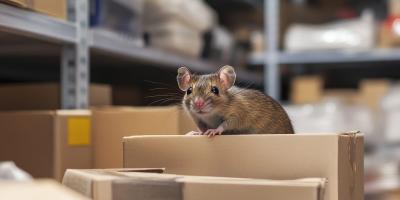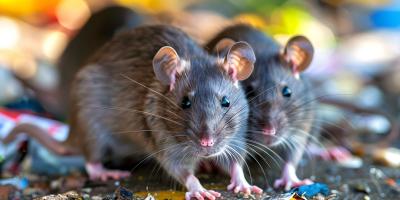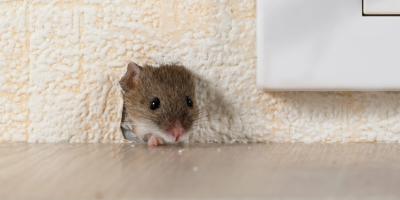Is Pest Management Protocol Different For Organic Food Facilities?

The U.S. Code of Federal Regulations outlines the “Facility Pest Management Practice Standard,” which details the accepted rules for pest control in organic facilities. In many regards, the pest control practices for organic facilities differ from those of standard food-producing plants. Below, we’ve summarized some of the key unique protocols for pest control in organic facilities.
Organic Food Producers Must Use Non-Chemical Methods First
Producers of organic foods and materials must employ responsible non-chemical pest management practices like proper sanitation and exclusion methods. Only after it has been determined that these non-chemical methods have proven ineffective may organic producers begin the use of chemical pest treatments. The producer must also have attempted physical control measures like temperature and humidity regulations, light management, air curtains, and trapping. In other words, in the event that non-chemical means are unable to successfully prevent pests from damaging or contaminating your organic foods or materials, chemical pesticides may be used as long as the materials used are certified for organic use.
But in most cases, non-chemical pest control methods alone are not enough to keep insects and rodents away. Most organic food producers eventually discover that chemical pest control measures are still necessary for food safety.
Follow NOP Guidelines
Note that environmentally friendly “green” pest control practices are not the same as organic methods. Organic pest management is regulated by specific allowances and prohibitions, meanwhile green or natural pest control practices are typically subjective.
The National Organic Program (NOP) is a regulatory program within the United States Department of Agriculture (USDA) that identifies standards that substances and materials must meet in order to be organic approved. The NOP maintains a list of what basic ingredients and compounds may and may not be included in organic products. Every operation that produces or handles livestock, crops, or any other agricultural products that will be represented as “organic,” or “made with organic ingredients” must be certified by the NOP (or “NOP approved”).
Some synthetic substances are allowed for use with organic products if they have already been evaluated against the criteria mandated in the Organic Foods Production Act of 1990 (known as simply The Act in the industry). These synthetic substances permissible for organic crop production include:
-
Vitamin D3 and sulfur dioxide for rodent control
-
Ammonium carbonate for insect bait traps
-
Alcohols like isopropanol or ethanol for algaecide or disinfectants
-
Many soap-based agents
Materials must be applied in such a way that no contact occurs between the pesticides and food or packaging materials. For this reason, baits and traps are highly recommended for organic facilities. When choosing which pesticides to use, refer to the rules established by the Facility Pest Management Practice Standard.
Organic companies require a detailed service protocol as well as approved service measures and documentation. JP Pest Services understands the strict protocols organic facilities must adhere to in order to build proper documentation and prevent misapplication. Contact JP Pest services now to request a free commercial consultation for your organic facility.



